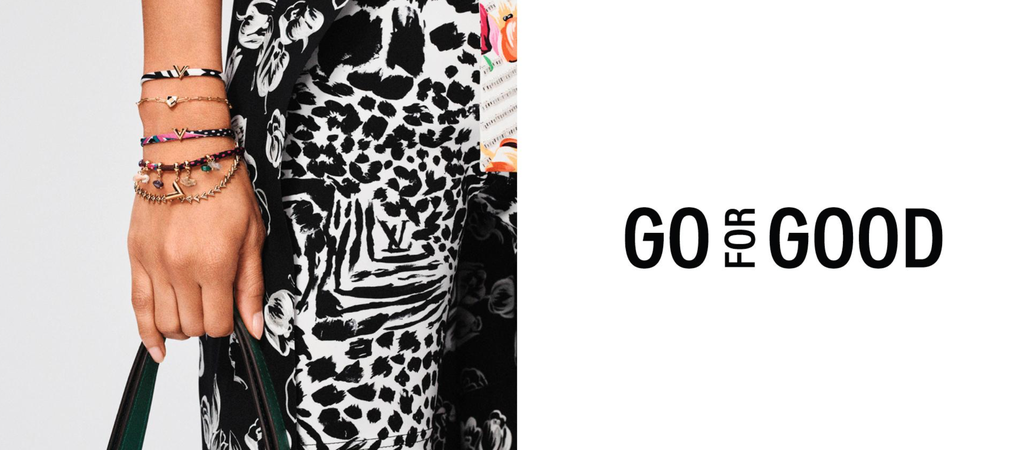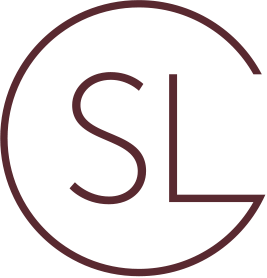Sustainable Luxury: Decoding the Next Decade of Change

The latest report from Positive Luxury indicates that the current business model is pushing the planet’s resources to their limits, and the impact of that short-term gain is tough to ignore.
For years, “buy-use-dispose” was the lifecycle of most items consumers bought. That has led to the current state of affairs, where overproduction and overconsumption plague so many industries, which often has a negative effect on ecosystems and biodiversity. As sustainability becomes a major concern for the majority of consumers, it’s time for businesses to do away with that limited lifecycle and consider better, more circular business models.
In 2019, Louis Vuitton launched the Be Mindful accessories collection, which is an excellent example of circularity. That collection gives a second chance to more than 4,000 silk scarves from their previous collections, upcycling them into bracelets.
“The circular economy brings a fabulous opportunity to innovate and an endless source of inspiration,” the House said of the new collection, adding that, “the commitment to circularity creates emulation and a modern way to revisit the iconic House signature pieces through the ‘one of a kind’ concept.”
The Business of Going Green
These kinds of habits will continue to grow over the coming years in the fashion industry, with second-hand forecasted to grow four times faster than traditional retail – it will be worth $36 billion by next year.
“The notion of ownership is changing for the new generations, putting the need to own and therefore buy products into perspective,” says Isabelle Lefort, founder of Paris Good Fashion.
Digital innovation and tech are primed to support that growth, and open new doors for second-hand and rental. Peer-to-peer platforms like ByRotation and HURR are gaining traction, and big brands like H&M and Bloomingdale’s are testing in-house clothing rental models. Rebecca Taylor’s reselling arm, ReCollect, repurposes gently worn items from the brand and gives customers a $15 credit when they bring pieces in, while Selfridges is working on a partnership with Vestiaire Collective.
Repair and care services are also on the rise. UK-based The Restory has concierges at Harvey Nichols and Selfridges, where customers can bring in worn accessories for repair that they might have otherwise tossed. Brands like Levi’s, Eileen Fisher, and Patagonia are also offering to extend the lifespan of their pieces because it is a hugely profitable model. According to market research from IbisWorld, the clothing alteration service industry is worth $2 billion, and no single company is dominating that market right now.
Other Industries Follow
The fashion industry isn’t the only one seeing the success of circular and sharing economies, either. IKEA is rolling out a trial for furniture subscriptions, and West Elm is offering rentable home bundles through Rent the Runway. Used furniture retailer Kaiyo’s online marketplace claims to have kept more than a million pounds of furniture out of landfills.
The second-hand jewellery market has a huge potential for growth, too, and it was valued at $28.67 billion last year. Repurposing services have a lot of potential as well. Fine jewellery brand Stephen Webster’s RESET initiative has become an extension of the brand’s bespoke services to give old jewellery new life. Each of these models allow brands to embrace more sustainable practices, develop new relationships with customers, and reach a new audience of aspirational customers.
Just as that limited lifecycle was the norm for businesses, so was rapid growth and expansion into new markets. But, in 2019, the number of CEOs who recognised that growth might start to slow increased six-fold, according to a survey from PricewaterhouseCoopers. Although that might seem pessimistic, would it really be a bad thing if growth slowed to a more sustainable pace?
For 2020, the Davos theme was Stakeholders for a Cohesive and Sustainable World. This represents a shift from focusing on shareholders to stakeholders. At the Business Roundtable this past summer, a group of almost 200 US CEOs declared that a corporation’s purpose should be to find balance between the needs of shareholders and every other stakeholder a business affects. The bottom line, often fuelled by growth, can’t be the end all, be all.
Growth needs to be redesigned. The current business model is pushing the planet’s resources to their limits, and the impact of that short-term gain is tough to ignore. There is so much potential in the innovation and technology that exists today, potential that could disrupt the current growth model and call for change across all industries. Responsible growth is real, inclusive and lasting. It benefits consumers, the environment, communities and the economy, and it can truly future-proof a business.
For more on alternative business models, sustainable travel and the next decade of change ahead, download Positive Luxury’s 2020 Predictions Report here.



